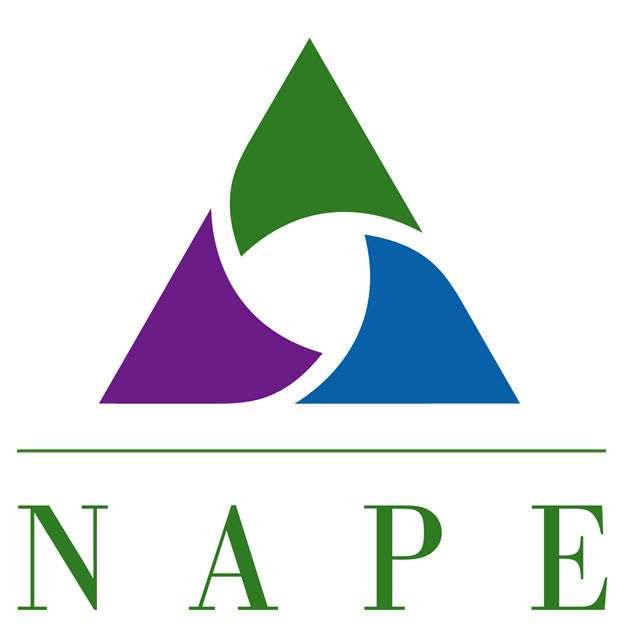STEM 5.1 Module Summary

There are many options and opportunities for exciting and rewarding careers in STEM. Many careers require only a certificate or a 2 year degree, while others require a master’s degree or a PhD. Educators can play a tremendous role in introducing every student to a vast array of options and opportunities in STEM.
This module is designed to prepare you to be an advocate for STEM careers. We aimed to expand your knowledge of opportunities and pathways in STEM, and to equip you with effective messaging that will attract the talent our nation needs to solve the technological challenges of our world.
Concerted efforts to expose all students to STEM careers using terminology that is interesting and appealing can reverse misconceptions and encourage more students to consider and ultimately choose STEM careers. As an educator, you have the power to influence change!
In this module, you:
- Identified that our world is engineered and learned about the Grand Challenges for STEM in the 21st century.
- Learned about the demand for STEM professionals in the workforce and studied statistics that demonstrate the gender and racial disparities within STEM fields.
- Practiced using the Bureau of Labor Statistics Occupational Outlook Handbook to explore opportunities and pathways to STEM careers.
- Explored a photo album of five STEM professionals, of various educational backgrounds, who shared about their career experiences.
- Examined some of the reasons for the disparities in STEM disciplines and why key messaging matters.
- Distinguished the three key positive and effective messages about STEM:
1. STEM professionals make a world of difference and help shape our future;
2. STEM careers are essential to our health, happiness, and safety; and
3. STEM professionals are creative and collaborative problem-solvers. - Related the four key work values (intrinsic, extrinsic, social, prestige) to STEM careers.
With this experience, you should now be able to educate each of your students about exciting opportunities in STEM using messaging that is appealing to his or her interests and values.

